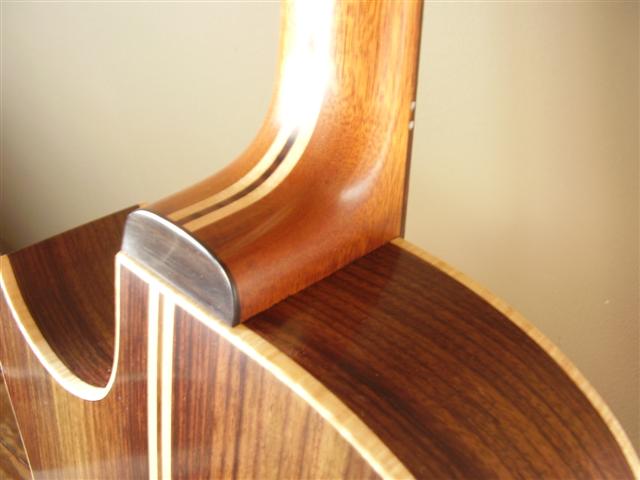Last summer I was at LMI and saw a bottle of FG on the discount shelf. Of course, Chris freely explained they had tested the glue from that bottle.
He explained they wanted to see for themselves at LMI what effect freezing had on the glue. At half price, I considered it, then purchased a fresh bottle for my shop.
Also, some may remember me discussing Titebond White, which is not readily available in my area. I wanted a glue that dried clear inside my guitars. Which is a big plus with the LMI FG glue as well as white Titebond.
I gave a gallon to another OLFer, cause I knew I'd never use two gallons of White Titebond. Since that luthier never brought it up, I can only think, he decided not to use it for guitars.
My main issue with LMI WHite glue it's excessive price when compared with other glues of similar nature. Since I haven't used the product, I have no opinion of it, other than price.
The lack of documentation of the FG glue makes me think snake oil? Grin. I've never asked Chris for a MSDS on the glue, but I bet if I did, he'd gladly furnish one.
Oh, he said the frozen FG LMI glue performed well, even after freezing in their estimation. That falls in line with reading I did on Franklin Titebond's site, that freezing does not adversely affect Aliphatic Resin Glue, except that it thickens slightly.
Education, that is what this thread should be about. The better informed we are, the better luthiers we become. Since many successfully use the glue, then in their eyes it is professional grade. Others of equal stature have found it to be less than suitable due to repeated failure.
Great discussion.
|



